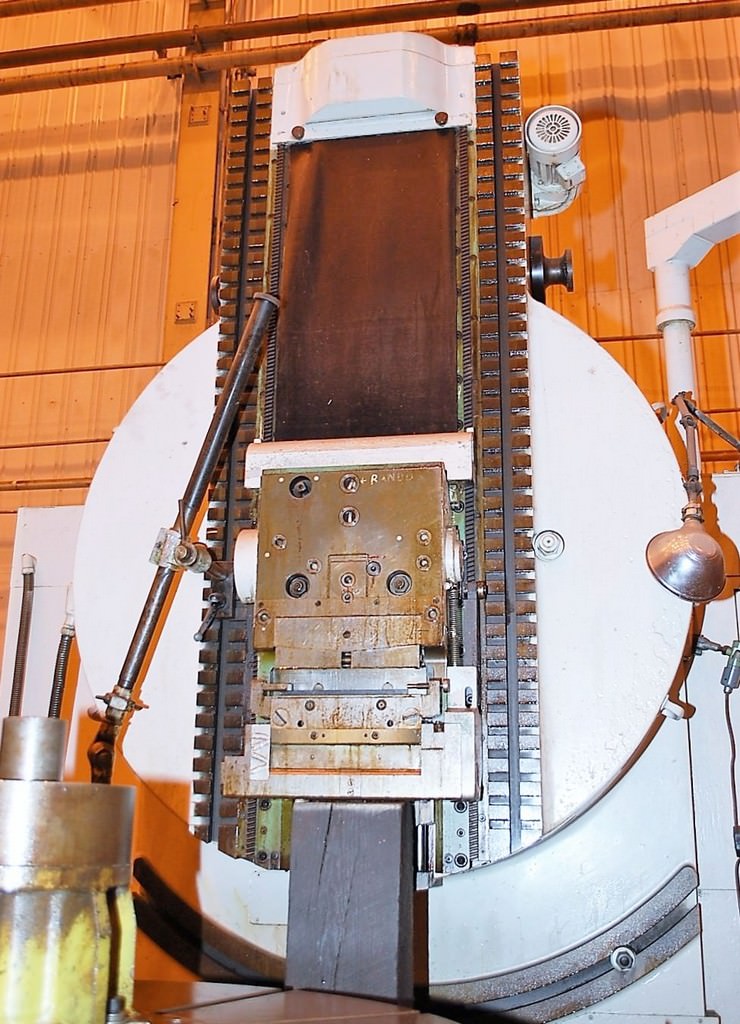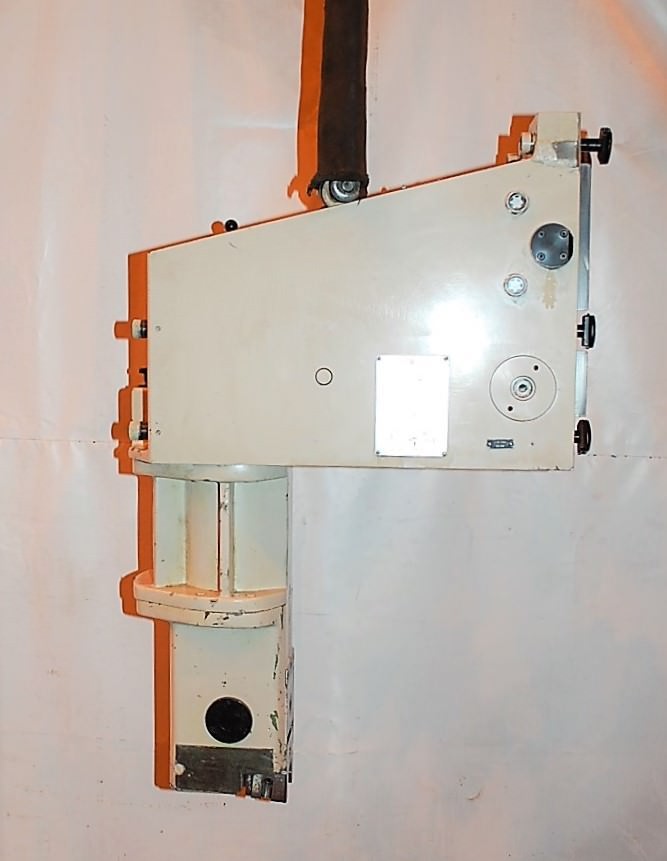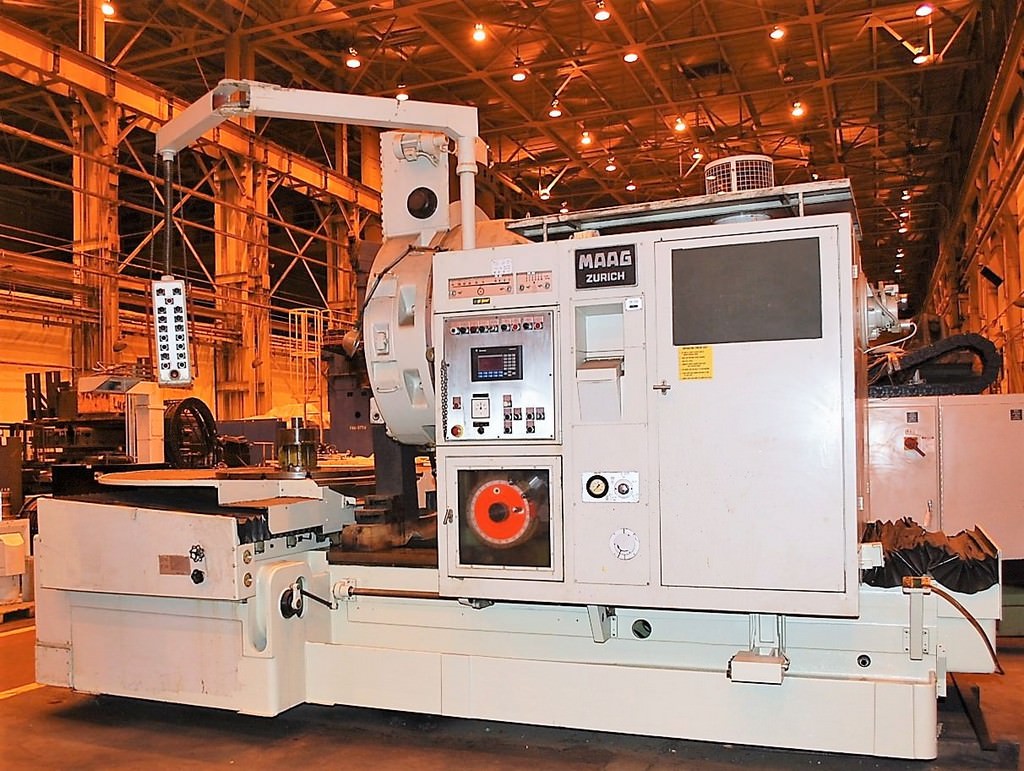eKretz
Diamond; Mod Squad
- Joined
- Mar 27, 2005
- Location
- Northwest Indiana, USA
Last place I worked had a 21” stroke “ Butler “ slotter for jobs like that. I think “ Butler “ also did a monster slotter that would do a 36” stroke.
Regards Tyrone.
That would be ideal, but also might not fit under his roof. Or through his door. Or get used for anything else ever again... Lol. Awesome machines though. We used to have a couple where I served my apprenticeship, fun to run, really quiet. Like running a shaper stood up on end, with a built in cross-slide rotary table. We had a couple frequent jobs on them for the big steel mills - main drive couplings - they had a female fit that was basically a square with round ends. The mating piece was just a large shaft (around 30" diameter) with two flats milled down at 180°.







